Shopping Like a Chef, Eating Like a Civilian What happens when restaurant suppliers brave home delivery?
As New York magazine’s Underground Gourmet critics, we’re incredibly lucky to have a job whose chief requirement — currently suspended — is to go to restaurants and stuff ourselves silly. Aside from the great amount of money spent having elastic inserts sewn into trouser waistbands, the only real downside to this arrangement is the lack of opportunity to experience the joy of cooking. We were thinking about this after the city ordered its restaurants to close, as we surveyed the contents of our refrigerator and cupboards and took a worried inventory. What we discovered: old pasta, older rice, stale spices, a concrete block of brown sugar, a tin of Brad’s Organic black-eyed peas, a jar of watermelon-seed butter, a bag of Rancho Gordo popping corn, 11 cans of Skyline chili we’d shipped in from Ohio for a story we wrote in November and, in the fridge, among the assorted hot sauces, martini olives, maple syrups, and Hungarian goathorn peppers, some dangerous-looking leftovers from the last restaurant meals we’d had before the shutdown.
While the prospect of subsisting on Cincinnati chili has a certain rustic appeal, we knew it was time to go shopping. But the process of obtaining food safely and ethically in a virus-ravaged city was becoming fraught with contradictory advice.
Despite the heroic efforts of grocery-store workers, the cramped aisles and checkout counters of most city shops are infrastructurally at odds with the notion of social distancing, and the ubiquity of asymptomatic carriers and high-touch surfaces makes each personal encounter like a round of Russian roulette for all parties involved. Which isn’t to suggest that traditional online delivery, with its questionable working conditions and suddenly overtaxed logistics, is any solution. New distribution models have emerged in recent weeks: farmers making house calls, restaurateurs transforming local bars and cafés into impromptu general stores and CSA pickup locations, and — most intriguingly to a couple of housebound restaurant addicts — wholesalers pivoting to retail home delivery as a way to sustain both themselves and the thousands of food growers and manufacturers whose restaurant business dried up overnight.
We should probably confess that we’ve never been big on online shopping, a blandly antiseptic alternative to the sights and scents of New York’s food markets. But the current situation calls for exceptional measures, which, in our case, meant ordering supplies from the fledgling retail sites of five hitherto wholesale companies: Baldor Specialty Foods, Natoora, Chef Collective, Happy Valley Meat Co., and Piccinini Brothers butchers. We weren’t the only ones. These services have been so swamped with new business that by press time, only two had fulfilled our orders.
Chances are you’ve seen Baldor’s black-and-white trucks parked around town near any number of the many restaurants it delivers to — or used to. But you might not know that it traces its lineage to one of the greatest New York specialty-foods stores of all time: the old green-awninged Balducci’s on Sixth Avenue and 9th Street (Bal for Balducci, dor for partner Joe Doria). Founded as the grocer’s wholesale division, the company’s main draw now is its reach and magnitude combined with an air-traffic-control-like fixation on logistics honed from years of catering to I need it now! New York chefs and restaurateurs. Its website is home to some 6,000 items, all grouped into dozens of categories and subcategories, and if you’re a completist with time to spare, it’s a cinch to end up several hours after you logged in with dark circles under your eyes, wondering where the day went. As is the case with most wholesale suppliers, the majority of items are available only in bulk-order quantities designed to fit comfortably in a restaurant walk-in cooler but not your average-size Frigidaire. As much as you might like to stave off the apocalypse with, say, 95 lemons, 40 pounds of halal chicken thighs, or a gallon of Frank’s RedHot Original sauce, if you live in a typically tiny New York apartment, as we do, you probably can’t accommodate a lot of what Baldor has to offer.
The good news is that there’s plenty of stuff to buy in non-restaurant-cooler-size quantities, too, and the inventory changes from day to day. (In fact, it helps to curb those completist tendencies and cut down shopping time by scrolling through and filtering the catalogue by eye, looking at quantity sizes first and food descriptions second.) We were, for instance, able to score, among other things, a mere dozen eggs, five ounces of wild arugula, a six-pack of merguez sausages, a couple mini-soppressatas, one squeeze bottle of Kewpie mayo, two dozen Thomas’s English muffins, and a single tiny bottle of colatura with which we plan to zip up, along with olive oil, garlic, and red-chile flakes, the chez U.G. spaghetti program.
More good news: Although we placed our order late one night, it arrived early the next day, carefully packed in two boxes and one milk crate. (Since then, owing to increasing demand, the shipping time is currently about a week out.)
On the downside, the $250 minimum is a lot of money, and, alas, our order was incomplete. We didn’t get our broccoli, or our loaf of Tom Cat Pullman bread and our cans of Ortiz tuna, thereby dashing our plans for a tuna-tramezzini binge. What we got instead were six pounds of dried shiitake mushrooms we hadn’t ordered, weren’t charged for, and didn’t know what to do with. When we called Baldor, a friendly customer-service rep promptly credited our account for the missing items and told us to keep the mushrooms “with our compliments.” “How’s it going?,” we asked. “We’re crazy busy,” she said. “We’ve had to make a lot of adjustments now that we’re delivering to so many homes. But it’s all good. I’m just glad to be working.”
If Baldor is the homegrown food–service behemoth, Natoora is the hipster London transplant, an international produce purveyor with the social-media savvy of an Insta influencer and the production values of a Bon Appétit vertical. Founded in 2004 as an online retail farmers’ market, the company soon began supplying top restaurants with such “radically seasonal” essentials as Datterini tomatoes from Sicily, heirloom pink radicchio from the Veneto, and Yorkshire forced rhubarb. In 2017, a Brooklyn hub sprouted in particularly apt terroir: an East Williamsburg warehouse whose other inhabitants included a mushroom farm and a meadery.
Natoora has long made its boutique produce available to retail consumers at virtual and physical markets (including five of its own) in the U.K., but its American arm has always been geared to restaurant sales. That changed in mid-March, when, sensing the impending industry cataclysm, founder Franco Fubini made a push to home delivery. “With 60 percent of our global revenues coming from restaurants, we decided early on that we had to move fast and pivot into retail,” he wrote us in an email in early April. “We knew consumption from restaurants had to move into the home, and therefore it made sense to follow the demand.” When the new service launched on March 18, the plan was to stick to the restaurant model: Orders received by midnight would be delivered to homes in Manhattan and Brooklyn the next day. Within two weeks, the retail customer base climbed from zero to over 4,000, and by April 9, the soonest possible delivery slot was May 11.
Natoora’s tech team made minor tweaks to the chef’s ordering app, which is fairly intuitive and full of alluring snippets on the growers and producers, with daily missives on the flavor nuances of the various Ethiopian honeys or the overwintered sweetness of the New Jersey collard rabe. Fubini’s team has noticed a difference between wholesale and housebound buying patterns, though. These days, he’s moving fewer favas and English peas and more eggs, bread, cheese, pasta, and tomato sauce, which is much as you’d expect.
When your shipment finally does arrive, resembling nothing so much as an art-directed CSA box, you will find a lot to like — as long as you’re willing to consider your original order less of a guarantee and more of a wish list. Like the other services out there, Natoora is struggling to manage the onslaught of orders and the intricacies of home delivery, and you might discover that many items you’d thought you’d purchased will register as “not available” on your final invoice. In our case, that meant for every bag of hubcap-size collard greens (which, absent a ham hock or smoked turkey leg, we promptly simmered in a chile broth invigorated by a jar of Brooklyn Delhi garlic achaar and ate with Carolina Gold rice and those aforementioned black-eyed peas), we were missing a bunch of that intriguing Jersey collard rabe. Plump and juicy California kumquats seemed to have made the cross-continental trek, but not so the oro blanco grapefruit or the passion fruit. But a dozen eggs were in perfect condition, nary a large brown shell cracked; the La Ratte fingerlings and Japanese sweet potatoes smooth and unblemished; and the Carnaroli rice and Tunisian couscous welcome additions to our rapidly dwindling starch supply. And although the pound of locally grown Bolero carrots we’d hoped to deploy with our stockpile of hummus had gone AWOL, its absence was mitigated by a bunch of broccoli di cicco, which we oiled and roasted and which tasted, against the survivalist nonperishables backdrop of recent days, like something of a miracle.





























































































































































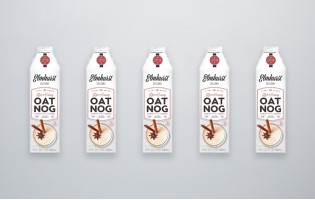
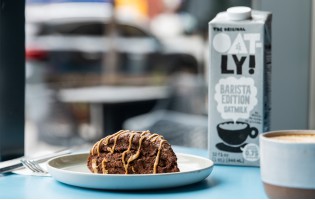


















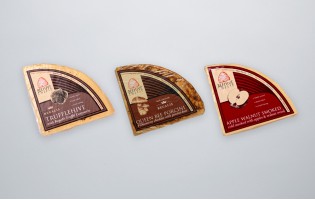
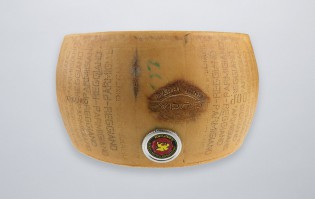
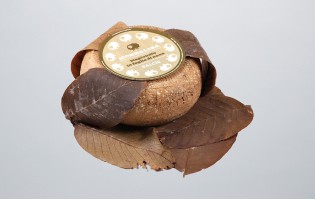










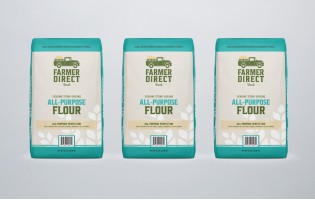



















 Fruits
Fruits  Organics
Organics  Vegetables
Vegetables  Fresh Cuts
Fresh Cuts  Meat & Poultry
Meat & Poultry  Grocery
Grocery  Dairy
Dairy  Cheese
Cheese  Bakery
Bakery  Seafood
Seafood 